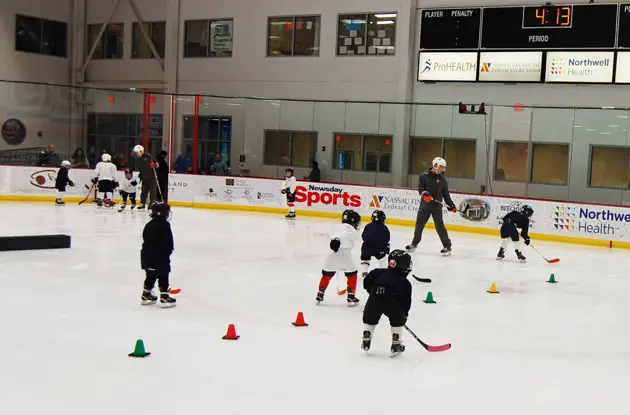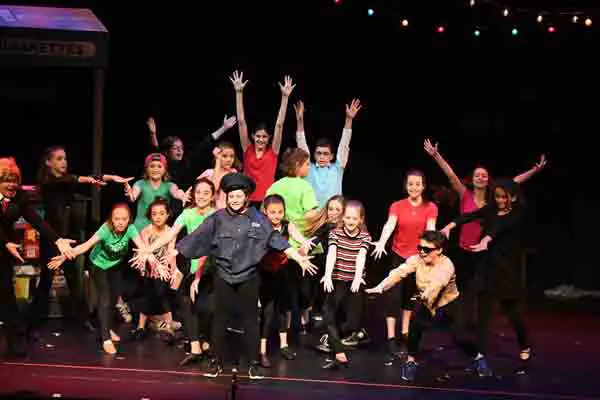If your kids don’t seem excited by or interested in baseball, football, or soccer, there are plenty of other sports that they can try. Get the ball rolling by suggesting some of these alternatives.

Tennis
Tennis isn’t just about chasing a ball around the court. By turning their body quickly in many different directions numerous times, children gain agility, balance, and flexibility. They also build hand-eye coordination and quick reaction time from constantly judging the distance between the oncoming ball and the return point. Succeeding at hitting the ball over the net brings a feeling of achievement to children.
Fencing
Don’t be intimidated by the swords. The object of fencing is not to inflict harm, but to score points by touching an opponent within a specific target area. Fencing is an independent sport that is suited to those who like to do things alone. A fencer needs to think and act quickly on her feet — simultaneously planning a course of action, looking for an opening, and coordinating blade and footwork. Fencers are trained to acknowledge their opponents’ touches, which instills fair play and honesty in a child. And at the end of the bout, a handshake is required, encouraging both winning and losing gracefully.
 Karate
Karate
Karate teaches attacking through evasive body movements and blocking; counterattacks using kicks, punches and strikes; and defenses. Children are also trained to be responsible and not misuse their skills. Karate gives them confidence and helps balance their emotions. Kids who are aggressive become more subdued, while those who are shy become more assertive. The coveted Karate belts are outward signs of inner accomplishments and progress for children. To go from a lower belt to a higher one can take years of hard work, drive and dedication.
Gymnastics
Of all the athletes, gymnasts are among the most flexible, able to move their bodies into numerous positions. Gymnasts acquire a cat-like ability to balance themselves. One of the first things children learn is the proper way to fall without serious injury. Each gymnast is responsible for his own results and judged based upon his individual work rather than the accomplishments of a team. By putting forth effort and practicing moves and techniques repeatedly, children gain patience and perseverance. Gymnastics classes have students do their skills in front of the other students, making performing in front of groups in other aspects of their lives easier.
Lacrosse
For a new take on running, throwing, catching and scoring, try lacrosse. It combines these skills in a fast-paced, action-packed game. The twist is the wooden lacrosse stick that players use in to throw, catch and scoop the ball. Anyone can play lacrosse; there are no size or height requirements. The game relies coordination, agility, speed, communication with teammates and accuracy in stick work. Since precision passes, dodges, long sprints up and down the field, and abrupt starts and stops are routine in the game, lacrosse players develop high levels of endurance, acceleration and power.





















